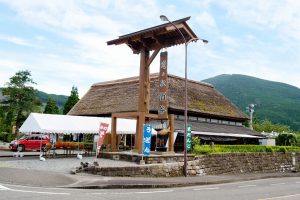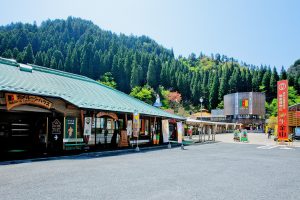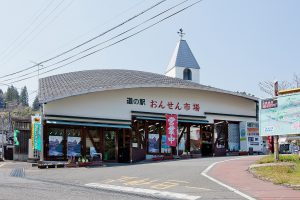Roadside Station Kamae
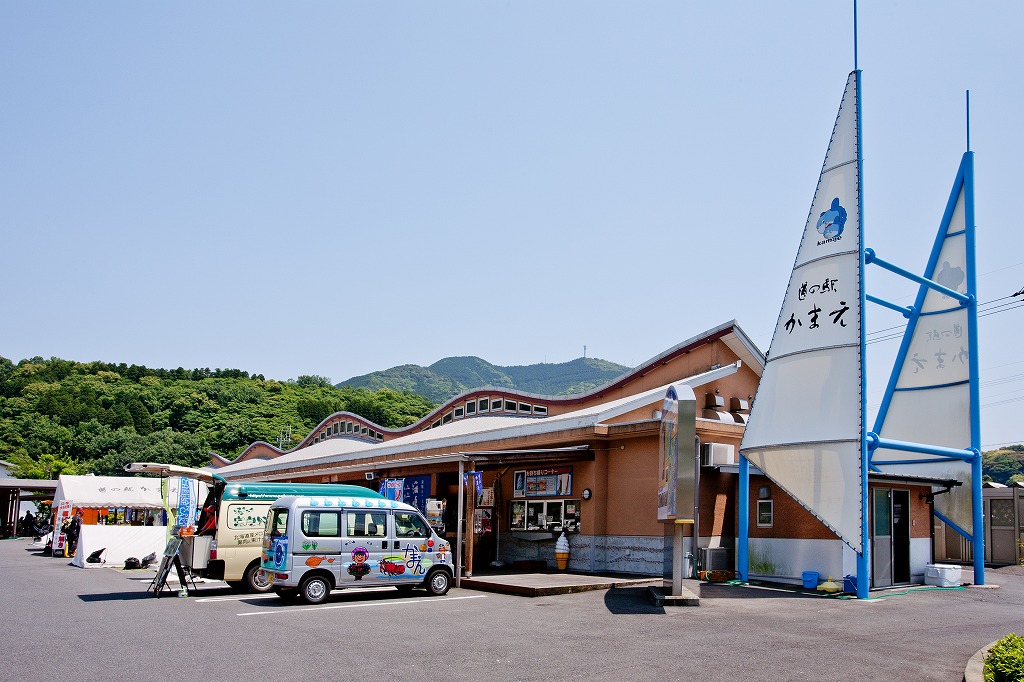
Index
We are dedicated to the deliciousness of yellowtail,
Hospitality with delicious seafood dishes
Saiki City has a thriving fishing industry that accounts for 70% of the fishing industry in Oita Prefecture. As the name "Buri Kenkyujo" (Yellowtail Research Institute) suggests, the roadside station Kamae is all about yellowtail, both at the direct sales counter and at the restaurant. The "Bijinburi Yellowtail," a brand of yellowtail from Kaboe, as well as "Kabosu Buri" and "Yutaka no Ikuburi" (fresh yellowtail), are all available for purchase. The restaurant is also actively developing its own yellowtail products. In addition to yellowtail, the restaurant offers a wide variety of other seafood, such as surimi (deep-fried surimi), including holly clams and local fish. Naturally, restaurants also offer fresh yellowtail and seafood dishes.
Roadside Station Kamame Basic Information
| Location | 5104-1, Ooaza Kabaeura, Kabae, Saiki City, Oita Prefecture, Japan |
|---|---|
| Phone number | 050-5527-1818 |
| Business Hours | 9:00-17:00 Restaurant 11:00-15:00 (LO 14:30) |
| Access | 5 min. from Gamoe IC of Higashi-Kyushu Expressway |
| Official HP | https://buri.fish/ |
Map of Roadside Station Kamame
Roadside Station Kamame Gourmet Information
Local product: yellowtail
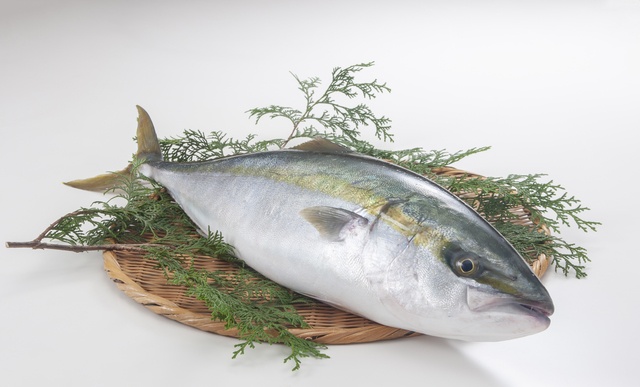
It is estimated that more than 350 species of fish are landed in Saiki City, of which yellowtail, flatfish, and tuna are the most widely cultivated. The station is proud of its farmed yellowtail, "Bijin-beri," which is fed with sake lees. The name of the sake is "Toyo Bijin" (Asian beauty). The sake lees increases the umami of the fish, and the fat is also said to be refined. The yellowtail is also said to have a firm and fatty flesh. Moreover, it is not greasy because it is bred with moderate fat control. It is best enjoyed as sashimi, teriyaki, yellowtail shabu-shabu, etc.
Eat this! ATSUMESHI
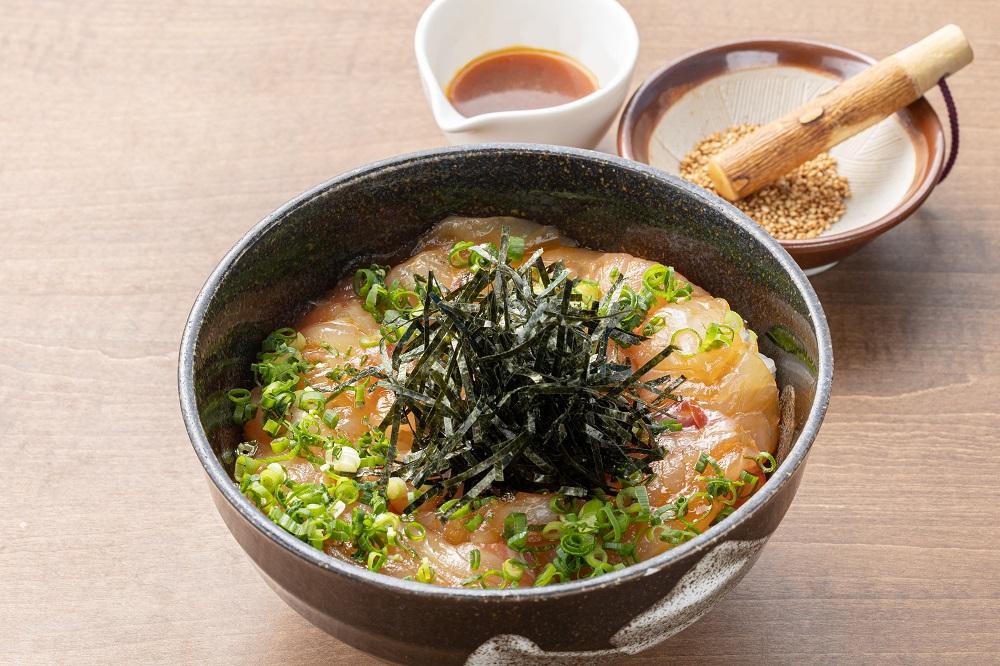
Atsumeshi" is the local fisherman's rice dish of Kabae. It is a bowl of rice topped with a bowl of pickled fish fillets. Fishermen cut the day's catch on the boat between fishing trips, cut it into bite-sized pieces, marinate it in a soy sauce sauce, and serve it on rice. At the station restaurant, the fish fillet of the day is served in a soy sauce sauce with egg yolk. The egg yolk mellows the soy sauce and enhances the umami of the fish fillet. Use as much or as little sesame seeds as you like. Dashi broth is served at the end of the meal to give it a different flavor. All meals come with self-service miso soup and coffee, and you can choose from two types of miso soup with different ingredients. The price is 1,600 yen without dashi broth or 1,800 yen with dashi broth. More neta (fish) is available for an additional 300 yen. All prices include tax.
Buy it now! Yellowtail stewed in arabesque
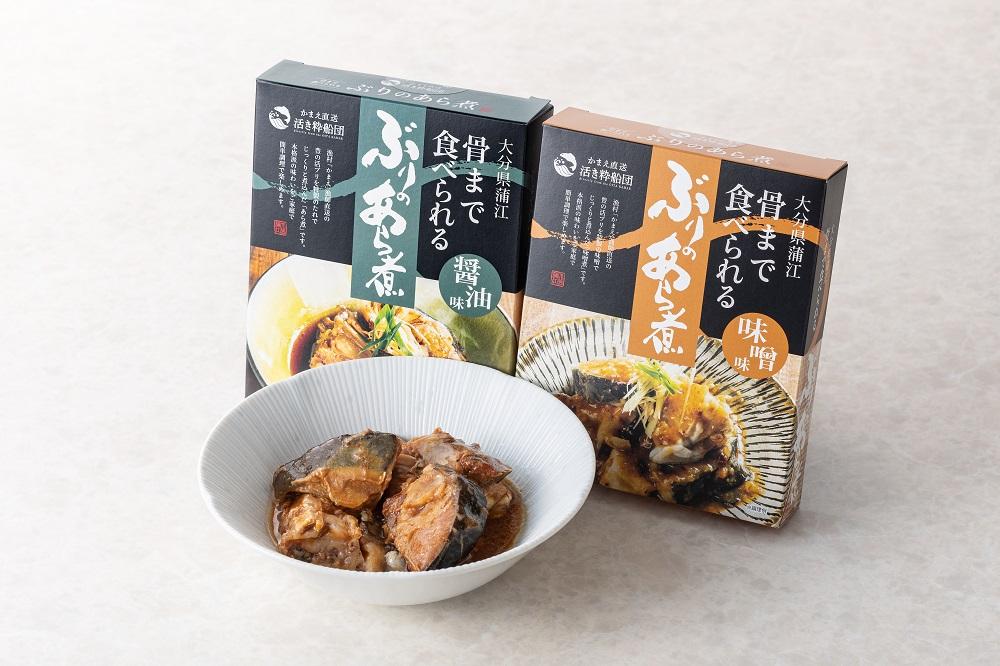
It is produced and sold by the "Kabae direct shipment Iki-iki fleet" made up of fishermen from Kabae. The catchphrase is true to its name: "yellowtail simmered in a sauce made of yellowtail araoni," which is a dish that encourages people to eat the whole fish, down to the bones. In fact, even the bones are delicious. The fish is carefully and slowly simmered with the ara and kama of farmed yellowtail, and is rich in fish collagen and calcium. It is the fleet's long-selling product. The fish is served with white rice and the remaining broth. The soy sauce flavor is a perfect match with the ginger and soy sauce broth, while the miso flavor is a perfect match with the special miso sauce that soaks into the rice! 650 yen (tax included)
Around Roadside Station Kamame
Kurile Islands
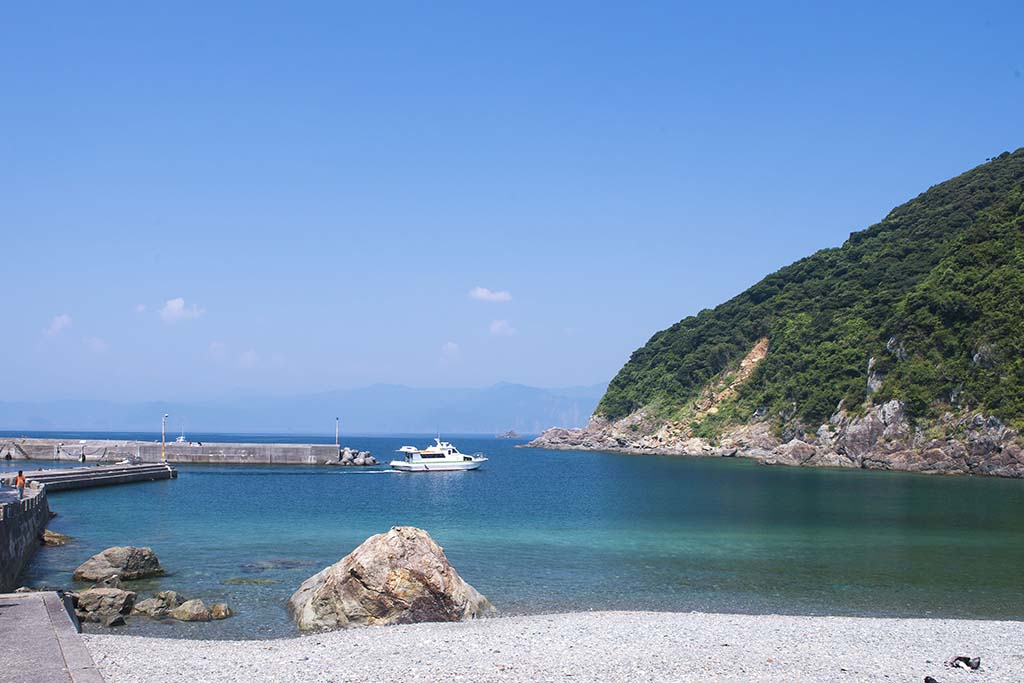
Remote islands with abundant fish have many cats. Fukashima Island is no exception. Floating 8 km offshore from Kabae Port, the coral reef sea and about 100 cats greet visitors. There are only about 20 residents. Naturally, there are no convenience stores. Instead, the island boasts "shiro-miso" (white miso) made by the island's grandmothers. Reservations are required, but at the Fukashima Shokudo, an island café, visitors can taste the grandmothers' whimsical dishes made with shiro-miso. Visitors can also enjoy marine activities such as snorkeling and cat tours. There are three regular boat trips per day.

